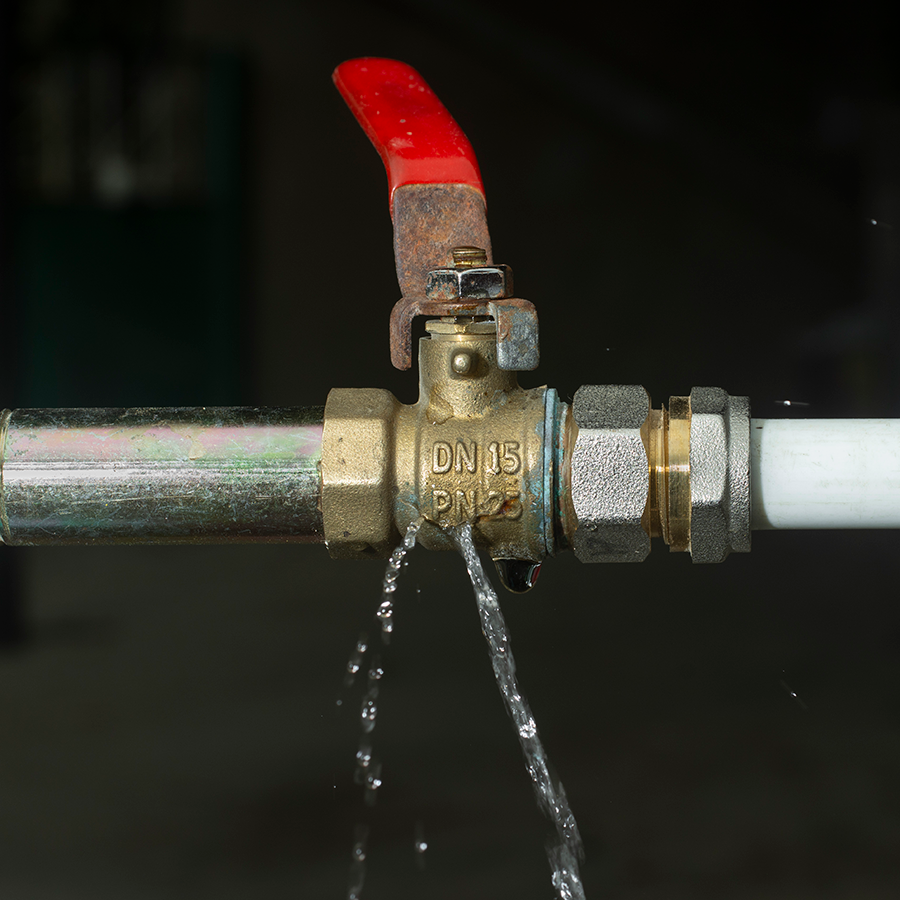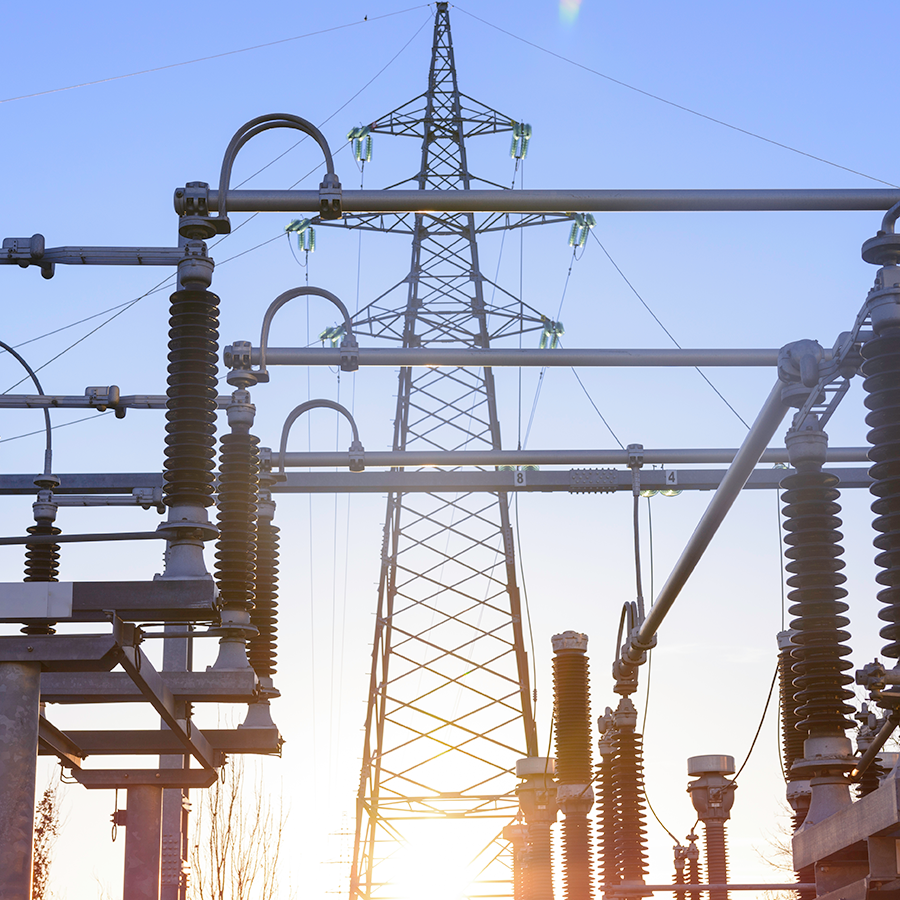Pump Technology Keeps EV Charging Stations Cool
As more emphasis is placed on environmental consciousness and sustainable technology, electric vehicles (EVs) are becoming more common. However, that increase in EVs on the road has also increased the demand for charging stations to power them. These complex systems require high-end components to keep them running and cool.

The world has become more environmentally conscious, and emissions regulations are becoming stricter, making electric vehicles (EVs) increasingly popular. As the demand for newer, better EVs increases, so too does the demand for charging stations.
New Technology, New Infrastructure
Charging stations are as necessary for keeping EVs powered and operational as gas pumps are for keeping conventional vehicles fueled. These stations will need to be installed both commercially and residentially as more drivers move to EVs.
Because charging stations output so much electricity, they also generate substantial amounts of heat. There are three different levels of chargers, with levels one and two available for both public and private use and level three available for public use only. The level three DC Fast Chargers (DCFCs) can output up to 500 A and 350 kW. Even more powerful chargers, called Extreme Fast Chargers (XFCs) are on the horizon, which could be capable of outputting more than 400 kW and charging a vehicle to 200-mile range in less than eight minutes.
How Cooling Systems Work
Liquid cooling works by pumping a fluid, called coolant, through pipes or tubes, absorbing heat and dissipating it away from critical components. This reduces the temperature of those critical components, including capacitors, inductors, and control circuits, leading to more efficient charging and longer product life. The coolant is typically water mixed with glycol to prevent freezing or boiling.
High quality liquid pumps are essential for effective liquid cooling operations. Constant and consistent flow is required for these systems to function properly. This ensures heat is being adequately transferred away from the element while also keeping the coolant at an appropriate temperature. Reliability is also key, as leaked coolant could result in catastrophic equipment damage.
Liquid Pump Experts
KNF has extensive experience creating state-of-the-art diaphragm liquid pumps for a variety of OEM and process industry applications. These pumps are self-priming and dry run safe, with flow rates ranging from 0.018 to 12.4 l/min and pressures up to 16 bar (rel.). KNF pumps are suitable for use with a variety of liquids, including abrasive and corrosive media and offer clean and reliable operation. Because of this, KNF pumps are trusted in some of the most demanding applications.
In addition to offering a wide range of liquid pump series, KNF also provides custom options for all liquid diaphragm pumps. Pump heads, valves, and diaphragms are all available in various materials, while hydraulic and electrical connections can also be customized. Several motor options are available. KNF’s modular design approach allows pumps to be tailored to specific applications and ensures customer needs will be met.
Cooling is Critical
More power is required for EV chargers to provide faster charging. However, more power also leads to more heat generated. This makes cooling, specifically liquid cooling, an essential part of their operations. This is especially true in the larger, publicly available fast chargers, which need to output huge amounts of power to charge vehicles quickly and effectively. Faster charging is important for increased adoption of EVs, but it is also directly correlated to excess heat generation. Many readily available cooling systems are unable to adequately cool EV chargers quickly or efficiently enough, leading to slower charging speeds, performance issues and increased maintenance costs.
Cooling is also important in EV charging station cables, which are required to transport large amounts of energy very quickly. Reaching adequate charging speeds requires cables that are capable of doing so, often resulting in large, bulky cables that can be difficult to maintain. Liquid cooled cables allow for faster charging and better performance while also being easier to handle.
A New Era for EVs
The latest data from the International Energy Agency estimates there are more than 40 million EVs on the road worldwide, an increase from about 26 million in 2022. Sales of electric vehicles are climbing worldwide, increasing substantially in North America, Europe, Asia and other parts of the world. Estimates vary, but predictions for percentage of global vehicle sales for EVs by 2030 are as high 86 percent. With this relatively new technology rapidly gaining in popularity, efficient and safe charging stations will be a necessity.



